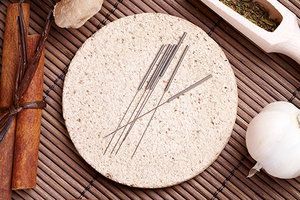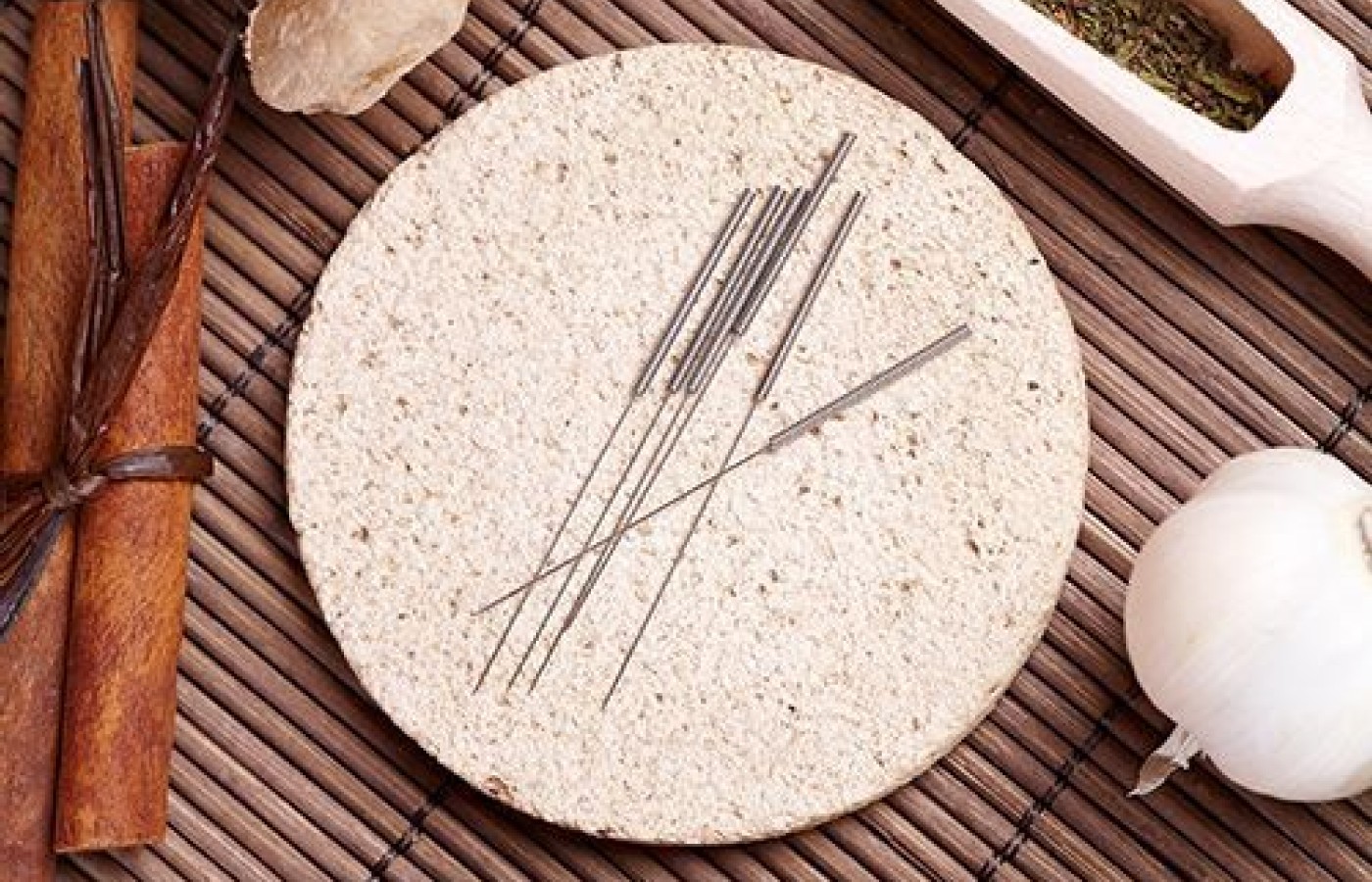Whether you accept it, avoid it or live somewhere in between, insurance coverage has become a defining issue for our profession. Patients increasingly expect to use their benefits, practitioners want to be compensated fairly for their time and expertise, and the system itself remains – at best – fragmented. The encouraging news is that coverage has expanded in meaningful ways. The challenging news is that reimbursement, across the board, remains inadequate.
An Update From the Acupuncture Now Foundation
Since launching the Acupuncture Now Foundation (ANF), our volunteer leadership has continued to work to achieve our vision of "Creating a World Where the Benefits of Acupuncture are Known and Available to All." Our biggest project to date has been the production of the documentary series "Getting to the Point" in partnership with filmmaker Doug Dearth, producer/director of the film "9,000 Needles."
In May of 2018 we released our first episode of this series "Children's Hospital of Orange County." This free 30- \\minute documentary showcases the work being done by licensed acupuncturists Ruth McCarty in treating seriously ill children and tells the story of two young boys diagnosed with brain cancer. This gripping film details how the care these boys received helped ease their fatigue, nausea and pain as well as aided the recovery from a devastating stroke one of the boys suffered after his second brain surgery. Many people have told us how this film brought them to tears while also being uplifting.
The Next Episode of Getting to the Point
We began filming the second episode in this series in July. The plan is to produce a second and perhaps third episode and then seek a distributor such as Netflix, Amazon Prime, or the Discovery Channel.
We believe by telling highly compelling stories of how acupuncture is changing people's lives we will find a distributor and reach millions of people. The challenge, of course, is fundraising. We are an approved charity in the U.S. so donations to the ANF are tax deductible here, as the law allows. Our Australian chapter was also recently approved as a charity and our New Zealand chapter is exploring charity status in that country.
We are very grateful to those 200 plus acupuncturists, supporters, and patients whose donations made "Children's Hospital of Orange Country" possible and encourage more of those in the acupuncture community to support this project now that they can see the quality of that first episode. We have several creative ways acupuncture/Chinese medicine organizations, schools, and businesses can partner with us for film fundraising. The more documentaries we make and the more people who see them, the more we will spur people to seek acupuncture/Chinese medicine services. Every acupuncturist should want everyone to see this film and they can help make that happen by watching it themselves on the ANF website and sharing the film with everyone they know. Please go to www.acunow.org to watch and share the film.
Highlighting Problems with False Negatives in Acupuncture Research
Although acupuncture is gaining acceptance within mainstream medicine this acceptance continues to be slowed by problems that for years have plagued acupuncture research. The most significant problem has been not receiving enough attention and the ANF is working to change that. And no, this problem isn't with "sham" acupuncture, as I will explain.

Many are aware that research on acupuncture will often include a control usually referred to as a "sham" control. Like a sugar pill in a drug trial, the sham control is supposed to help researchers determine if the active therapy (real/verum acupuncture) is more effective than the inactive therapy (sham/placebo) and by what degree. The effectiveness beyond the inactive controls is generally referred to as the "efficacy."
What The Critics Say
Acupuncture critics have been quite successful in making the case that acupuncture is only a placebo because a good number of these sham controlled trials find that the sham acupuncture works as well as the real acupuncture. This has had a big impact in slowing acupuncture's acceptance. While many acupuncture supporters have rightly complained that these sham controls are not inactive and can end-up causing a type of "acupuncture lite," there is good reason to believe the bigger problem is actually with the real acupuncture arm of these trials.
In far too many sham controlled acupuncture trials, the real acupuncture has been done in such a way as to make it underperform and be less effective as it could be. This is known in research as creating "false negatives." The acupuncture critics have for years complained about false positives in acupuncture research especially in trials done in China. We now need to be just as vigilant about the issue of false negatives due to clinical quality problems in the real/verum arms of these trials.
In order to be able to gauge how effective an active therapy may be beyond its inactive control, researches must first take steps to assure that the real acupuncture in these trials is being done in such a way as to give it every reasonable chance to reach its maximum therapeutic benefit. Unfortunately, this is not being done in most of these trials. This problem is especially seen in with the frequency and number of treatments these trials use.
Faulty Trials?
Too often, acupuncture trials use a limited number of treatments that do not allow the real acupuncture to be as effective as it could be. This increases the chances of false negatives. This is like using a sub-optimal dose of a drug in a drug trial and then concluding the drug did not do better than a placebo.
It is well known that in China, a country where acupuncture is largely paid for under their socialized medical system, acupuncturists like to start treatment at a daily or every other day frequency. In the West, where acupuncture is rarely paid for by insurance, many acupuncturists start treatment at once a week and end up doing far fewer treatments overall. Most acupuncturists in the West would prefer to do more treatments with more frequency, but find that difficult to do given our health model, and costs.
Acupuncture trials done here in the U.S. tend to follow the Western model of treatment frequency/total number of treatments prescribed, rather than what would assure patients get the best results. This can cause the effectiveness rates for real acupuncture in these trials to be less than they could have been and perhaps not do better than sham.
Another factor that can lead to false negatives in these trials is seen in the training of those who design the treatment protocols as well as the training of the acupuncturists who perform the acupuncture. Thousands of acupuncture trials have been done using acupuncturists with substandard training. This would be like doing a research trial on a surgical procedure using surgeons with little training.
The results of such trials should be seen as unreliable but that has not happened with acupuncture research. The ANF is working to raise awareness within the research community of both the issues of substandard training and suboptimal treatment dosing in acupuncture trials leading to false negatives. You can read more about this project on the ANF website at: https://acunow.org/doctors/challenges-with-acupuncture-research/.
Just as with the documentary series, our ability to have the greatest success with raising awareness about these problems with acupuncture research is being limited by a lack of resources. I greatly appreciate all of those who have been supporting the ANF and want to assure you we are still working hard to achieve the vision of a world where the benefits of acupuncture are known and available to all. I encourage anyone who would like to help support this vision quest as well as our documentary series and research awareness projects to contact me directly at mbauer@acunow.org.



